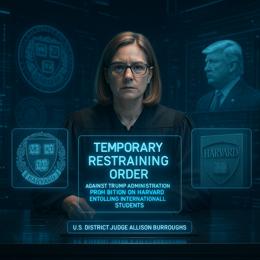Image created by AI
Alarming Levels of Smartphone Addiction Uncovered among South African Teens
A recent comprehensive study conducted by Daniel le Roux from the Department of Information Science, and Jennifer Feldman from the Department of Education Policy Studies at Stellenbosch University highlights a concerning trend of smartphone addiction among teenagers in South Africa. The study, which delved into the usage patterns of smartphones among adolescents, points to an average daily usage of three hours and 17 minutes, with notable differences between genders; girls tend to use their smartphones more than boys.
According to the research, 99.2% of the surveyed adolescents own smartphones and use them extensively for social media and gaming. Platforms like WhatsApp, Instagram, TikTok, and YouTube dominate their digital interaction. Notably, the study illustrates a higher propensity for social media usage among girls, with more than 12% admitting to constantly checking platforms, whereas boys dedicate more time to gaming.
The research also sheds light on parental attitudes towards smartphone usage. Surprisingly, around 60% of parents do not restrict their children's screen time, which may contribute to the higher phone usage rates observed amongst these teens. This lack of parental control is more pronounced for girls than boys, according to the findings.
The implications of unchecked smartphone use are manifold. The study suggests that such high engagement levels with digital devices could be displacing time that could be otherwise spent on more cognitively beneficial activities like sports, socialization, or creative pursuits. Furthermore, the inherent passivity and consumption-oriented nature of smartphones are pointed out as concerns for teen cognitive and social development.
Given these insights, the researchers have recommended that schools and parents implement balanced policies to regulate phone use without completely barring the educational benefits that these devices can provide. Some schools have adopted measures where students must store their phones in lockers during class hours, though they can access them for learning activities with teacher permission.
The findings from this study have been shared with participating schools to foster better understanding and formulation of effective guidelines that can help mitigate the negative impacts while enhancing the educational opportunities presented by smartphone technology.










